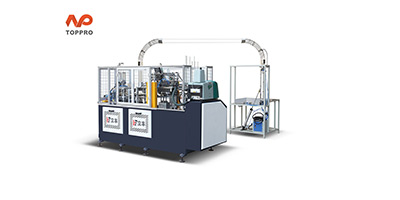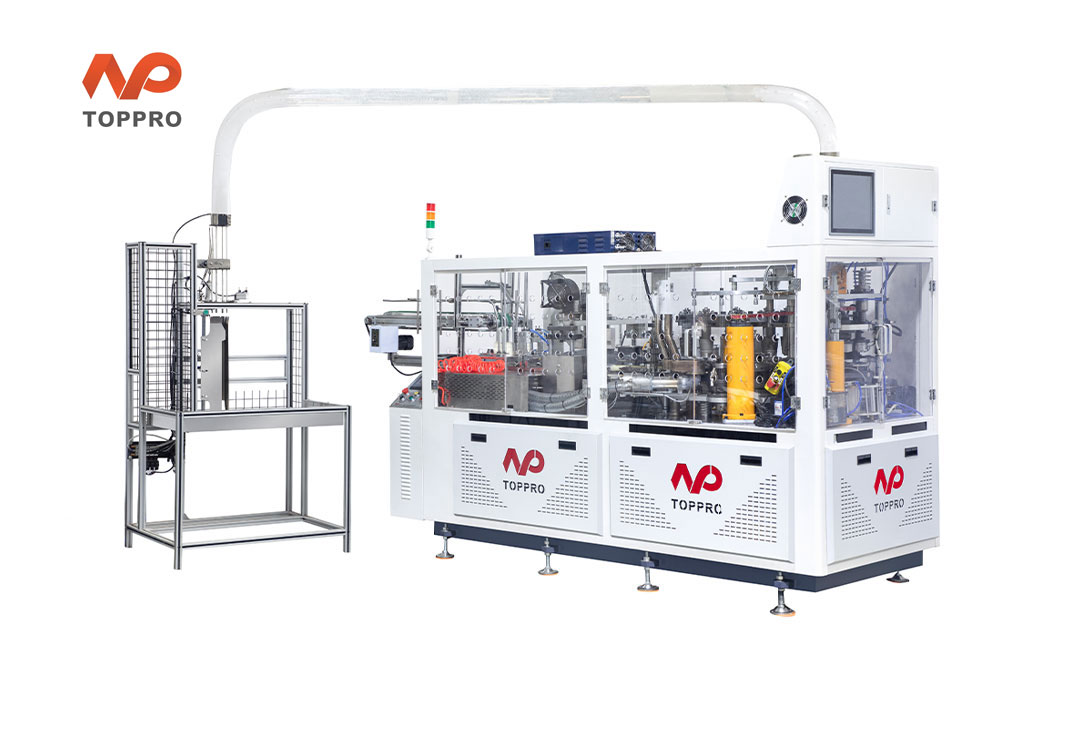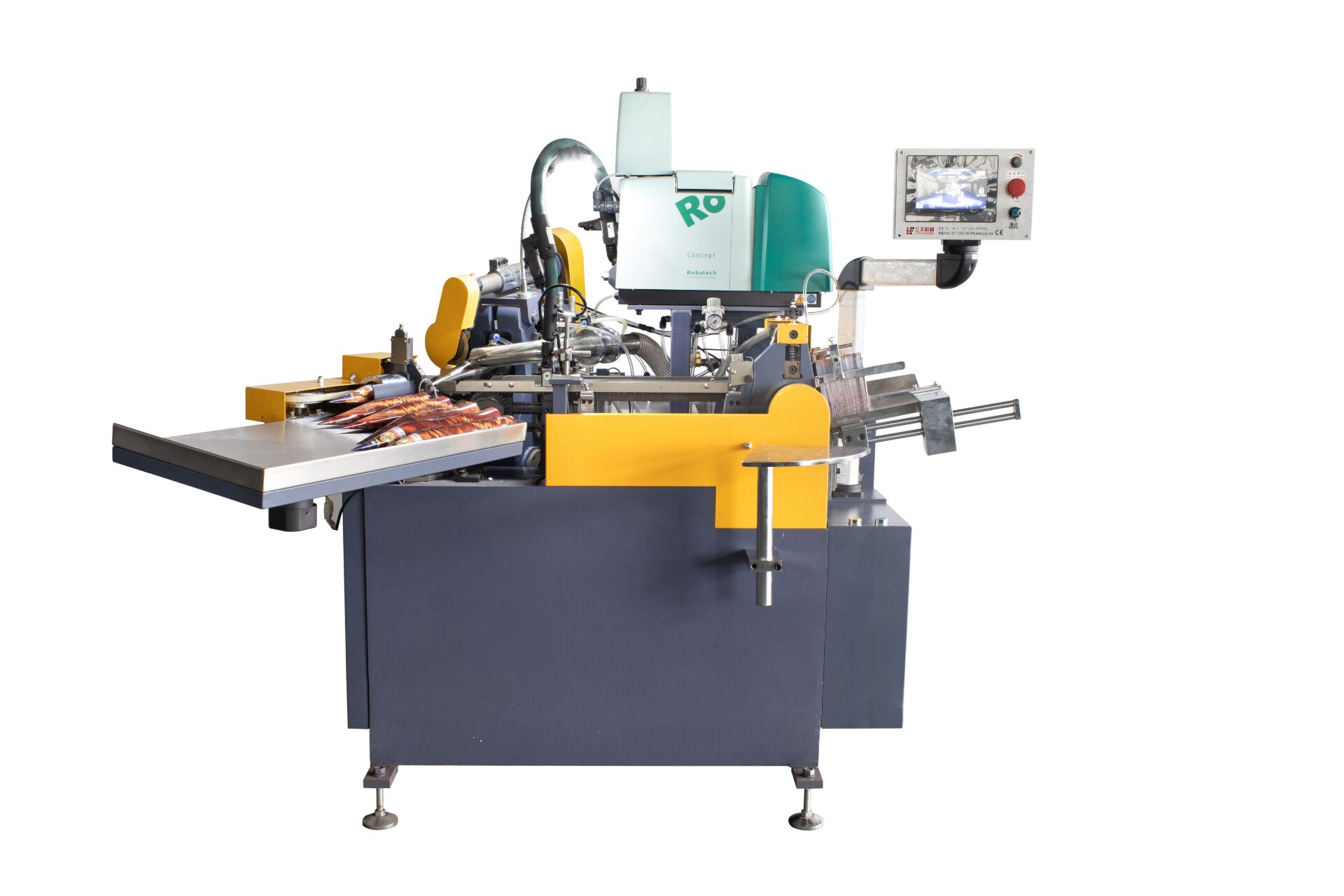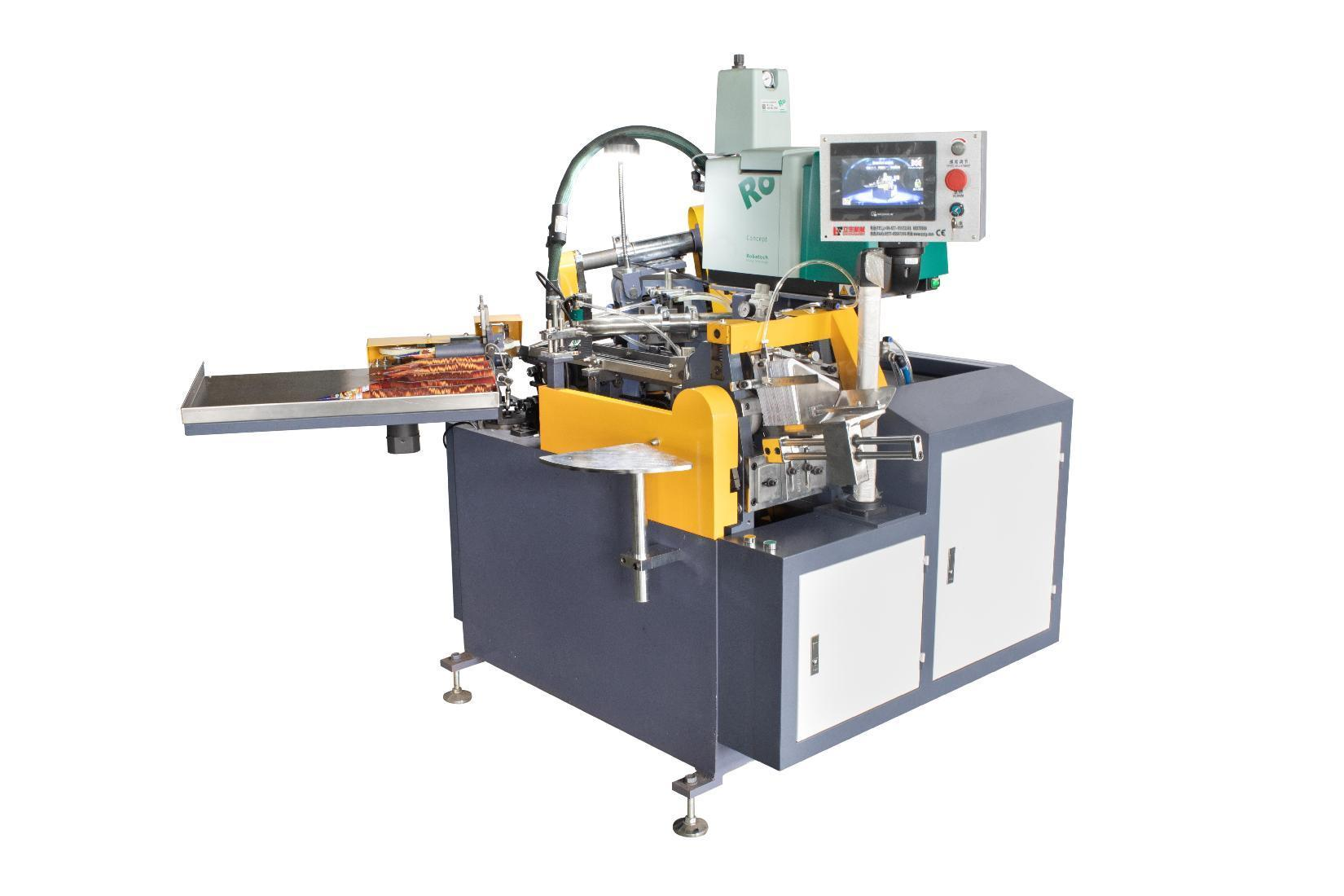In recent years, with the improvement of people's living standards and the enhancement of environmental awareness, the demand for paper cups has been increasing steadily. Starting a paper cup making business can be a lucrative venture if planned and executed properly. Here is a comprehensive guide on how to embark on this business journey.
1. Conduct Market Research
Thorough market research lays the foundation for a successful paper cup business. Key aspects include:
Target customer identification: Main consumers are coffee shops (needing custom - branded cups), fast - food chains (requiring durable and leak - proof designs), hotels, and event organizers (demanding large - capacity cups for bulk use).
Consumer behavior analysis: There is a growing preference for eco - friendly paper cups, with more consumers favoring biodegradable and recyclable materials.
Competitor analysis: Study competitors' product features, pricing, and marketing strategies to find market gaps like fast delivery or high customization.
2. Obtaining Authorization and Licenses
Legal compliance is essential. Here are the necessary authorizations and licenses:
Business Registration: Register your business structure (Sole Proprietorship, LLC, Pvt. Ltd., etc.) with the appropriate government authorities.
Factory License: Obtain an industrial/manufacturing license from the local municipal corporation or industrial development authority.
Trade License: Secure a license for commercial operations within your locality.
GST/State Tax Registration: Mandatory for manufacturing and selling goods.
Food Safety Compliance (CRITICAL): Apply for a license from your national/regional food safety authority. This is non-negotiable as paper cups are food contact materials. Adherence to specific regulations (like IS 15495 in India, FDA 21 CFR in the US) is required.
Pollution Control Board (PCB) Consent: Obtain necessary clearances related to air/water/noise pollution from the State Pollution Control Board.
3. Establishing a Production Department
A well - planned production department is crucial for efficiency.
Location selection: Choose an area with good transportation links for easy raw material receipt and product distribution, and zoned for industrial activities to avoid legal issues.
Layout setup: Divide into sections for raw material storage, production machinery, quality control, and finished product storage. Ensure proper ventilation and lighting for a safe working environment.
4. Buy a Paper Cup Machine
The right machine affects production quality and efficiency.
High Speed Paper Cup Machine runs at 130-150pcs/min with double open cam, curling & hot air systems. Handling 190-350gsm PE paper, it makes 4-16oz cups, featuring ultrasonic sealing and auto-feeding for 24h reliable production.
Features: double open cam system
Speed: 130-150 pcs/min
Paper Cup Size: 4-16oz
Voltage supply: 380v50hz 3-phase
Suitable paper weight: 190-350gsm
Raw Material: Singe PE or Double PE coated paper
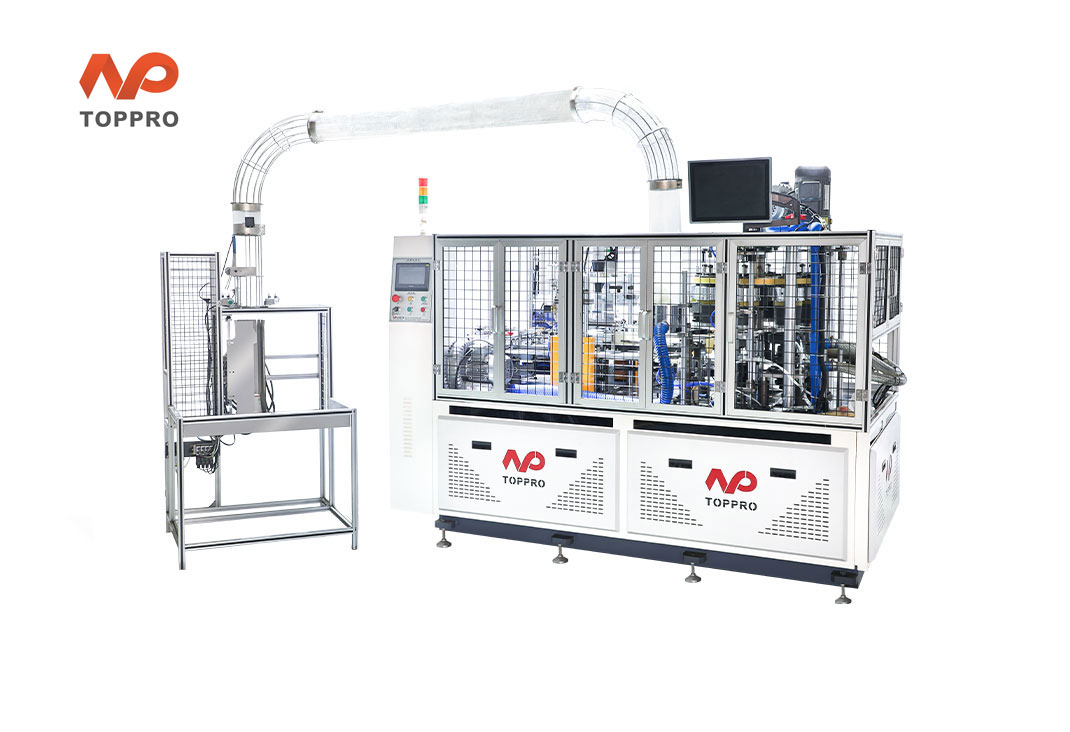
Disposable paper cup forming machine efficiently with ultrasonic cup body sealing and hot air bottom sealing. Featuring full automatic lubrication, PLC + touch screen control, it uses PE-coated paper for cold/hot drinks.
Speed: 100-120 pcs/min
Paper Cup Size: 4-18oz
Voltage supply: 380v50hz 3-phase
Suitable paper weight: 190-350gsm
Raw Material: Singe PE or Double PE coated paper
Machine Size: 2500*1100*1500 mm
Customization options: Customizable
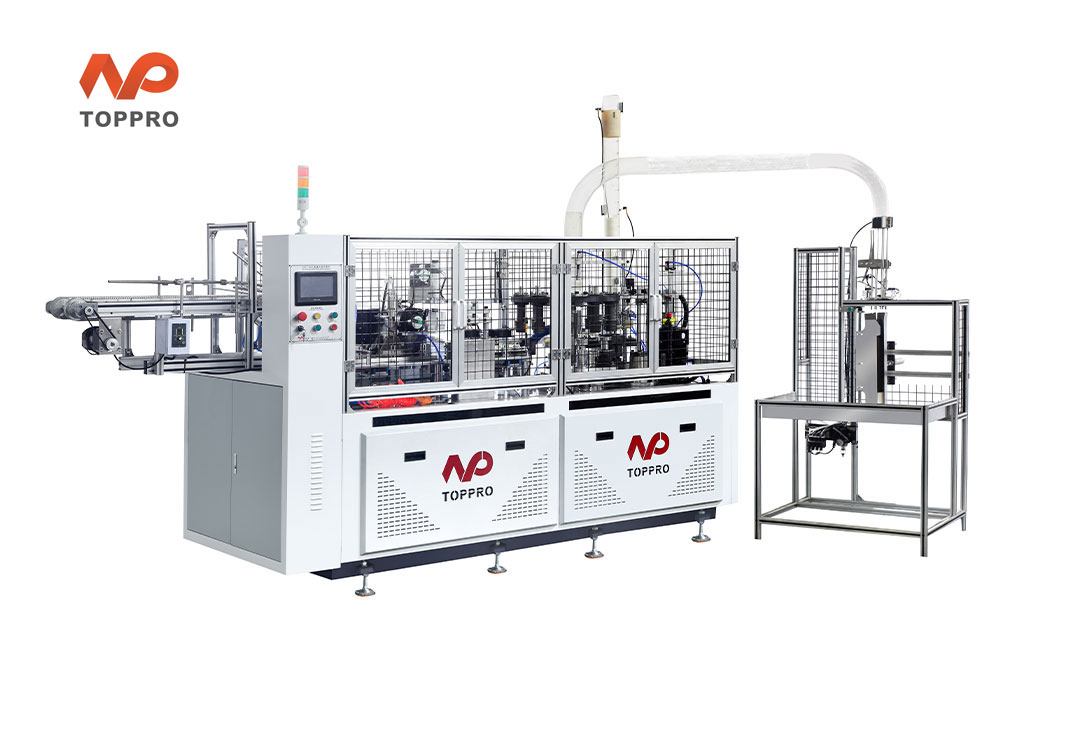
5. Procurement of Raw Materials
Quality raw materials ensure good paper cups.
Main raw material: High - quality paperboard meeting standards for strength, thickness, and food - contact safety.
Other materials: Food - grade adhesives and coatings (e.g., polyethylene for waterproofing).
Supplier management: Establish long - term relationships for stable supply and better terms. Have multiple suppliers as backups.
6. Production Products
Smooth production process ensures product quantity and quality.
Employee training: Train staff on proper machine operation, familiarizing them with the production cycle.
Quality control during production: Regularly check for defects (leaks, uneven seams, improper printing) with inspection points at different stages.
7. Marketing and Distribution
Effective marketing and distribution expand market reach.
Marketing strategy: Create a professional brand image and logo (reflecting eco - friendliness). Build a website and use social media to showcase products and engage customers.
Distribution channels: Partner with wholesalers, retailers, and foodservice distributors. Offer various packaging options (bulk for large customers, small packs for retail).
8. Quality Assurance
Consistent quality builds customer trust.
Monitoring and testing: Continuously check paper cup quality using tools like statistical process control.
Compliance with standards: Follow national and international standards. Obtain certifications (e.g., ISO, eco - friendly certifications) if possible.
9. Continuous Innovation
Staying innovative keeps the business competitive.
Track trends: Keep an eye on new materials, designs, and production technologies (e.g., more sustainable materials).
Explore new products: Customized cups with unique shapes, sizes, or prints. Innovate in packaging using eco - friendly materials.
Customer feedback: Use feedback to drive innovation and improve products and services.
Conclusion:
Starting a paper cup business has 9 key steps: conduct market research (targets, preferences, competitors); get licenses; set up a production department; buy suitable machines; procure quality materials; ensure smooth production with training and quality control; market via branding and distribution channels; maintain quality; and innovate based on trends and feedback.





